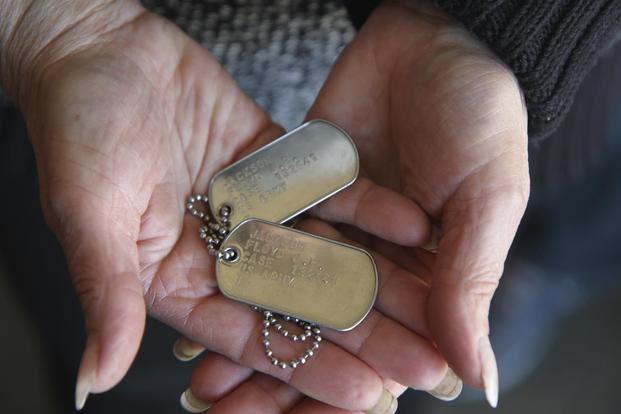The Defense Department knows where to start looking for the remains of the missing from the Korean War, assuming that North Korea lives up to its pledge for "immediate repatriation."
A fact sheet prepared by the Defense POW/MIA Accounting Agency (DPAA) details the locations of former prison camps and other sites, as well as the numbers of remains that could be expected to be found at each.
The fact sheet says as many as 184 remains of American service members are believed to have been buried in a cemetery in Pyongyang, the North Korean capital.
It also casts doubt on the belief held by some that live prisoners-of-war might still be held in North Korea, although the DoD and the U.S. intelligence community aggressively pursue any reports of live sightings, DPAA said.
"Since 1995, more than 25,000 defectors from North Korea have been screened for information concerning Americans possibly living in the North," DPAA said. "To date, this effort has produced no useful information concerning live Americans."
Before leaving the Singapore summit, President Donald Trump said he had reached agreement with North Korean leader Kim Jong Un for the return of the American missing from the Korean War.
A joint declaration issued at the end of the summit stated: "The United States and the DPRK [Democratic People's Republic of Korea] commit to recovering POW/MIA remains, including the immediate repatriation of those already identified."
According to DPAA, the exact number of personnel missing from the Korean War is 7,702. About 5,300 of that number are believed to be in North Korea and most of the rest in South Korea.
DPAA estimated that about 1,200 of those in North Korea were buried at prison camps near the Chinese border, including one called Apex, where the remains of 270 Americans are thought to be interred; Camp 5 (322); Death Valley Camp (250); Valley No. 1 Camp (41); and at the Suan camps (185), near Pyongyang.
The People's Liberation Army of China ran the prison camps during the war, and China's help could be needed in the search if and when recovery efforts get underway.
Another 1,549 sets of remains are believed to be in the Unsan/Chongchon area north of Pyongyang, and 1,079 around the Chosin Reservoir, scene of one of the war's major battles. In addition, another 1,000 are believed to be in the Demilitarized Zone, the 154-mile-wide zone separating the two Koreas, DPAA said.
From 1990 to 1994, North Korea returned 208 caskets of remains; from 1996 to 2005, when recoveries were suspended, another 229 caskets were returned. Many of the remains were mixed.
As DNA and other laboratory techniques were developed, the remains of 182 individuals, which had earlier been ruled unidentifiable, were disinterred beginning in 1999 from the National Memorial Cemetery of the Pacific in Hawaii, known as the "Punchbowl," in an attempt to make positive identifications.
In all, 454 sets of remains have been identified and accounted for since 1999, DPAA said.
The U.S. continues to conduct archival research in the U.S., South Korea, Russia, Eastern Europe, and China on the missing from the Korean War.
"We have also conducted research in North Korean archives, and currently we have an arrangement with China for the People's Liberation Army to search its military records for information on U.S. personnel," DPAA said.
-- Richard Sisk can be reached at Richard.Sisk@Military.com.













